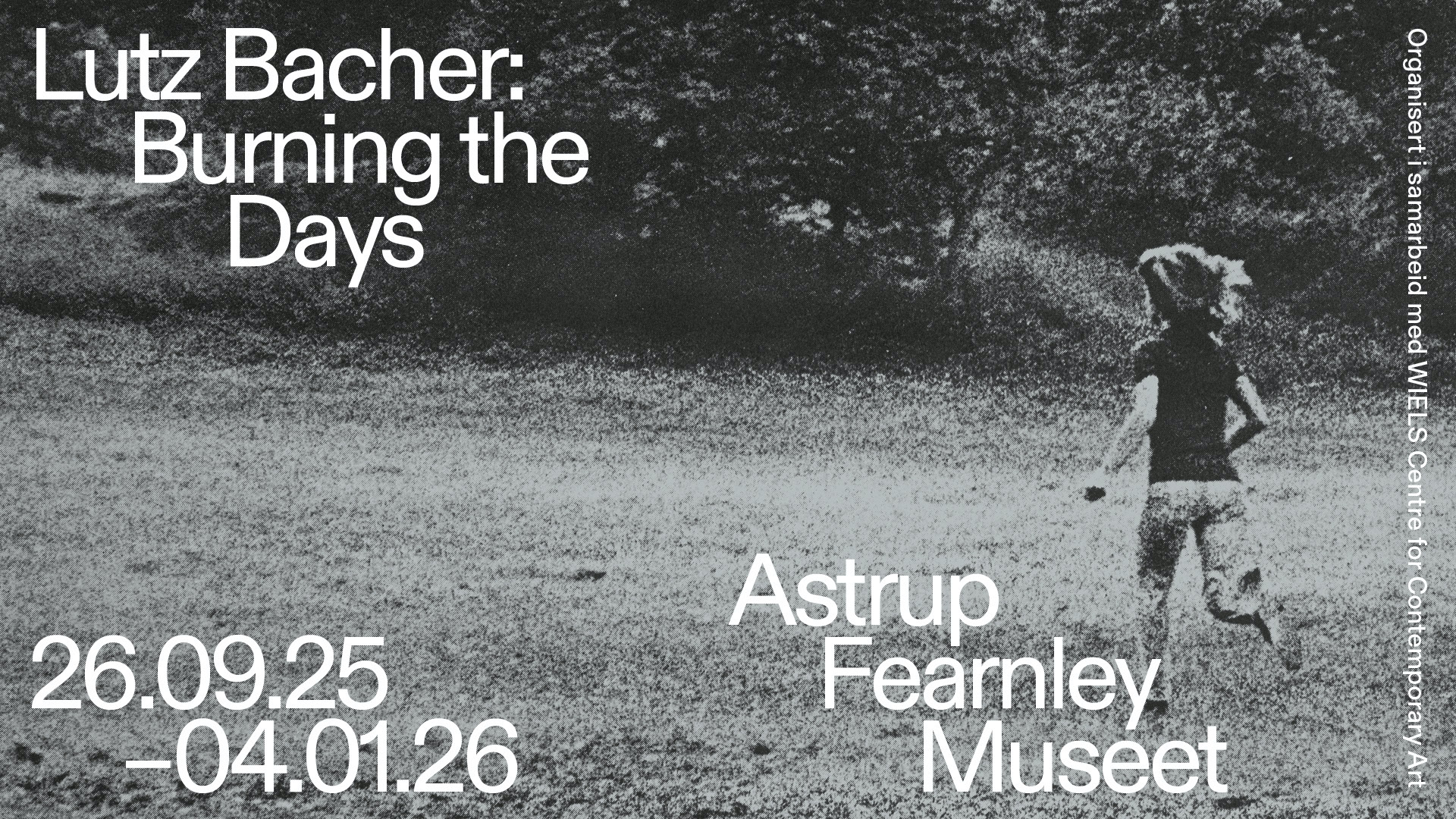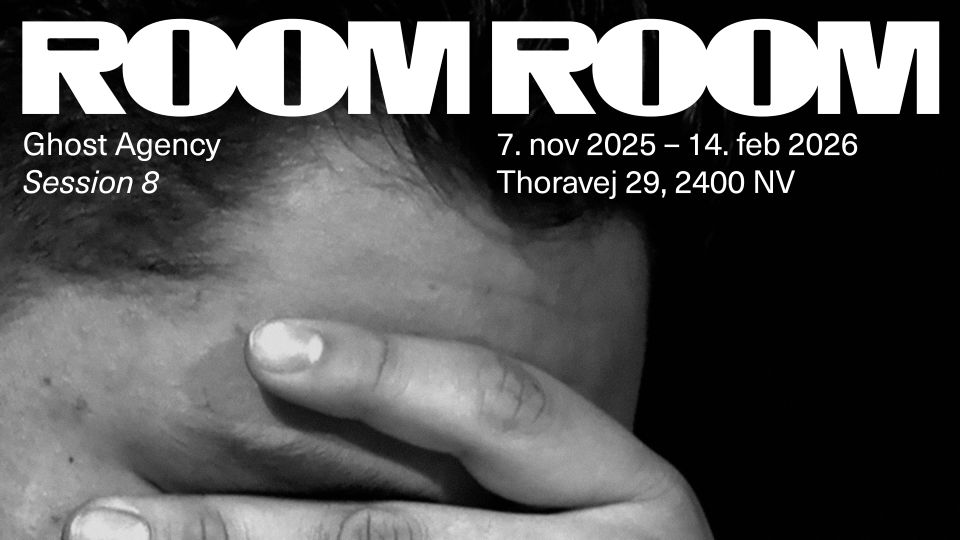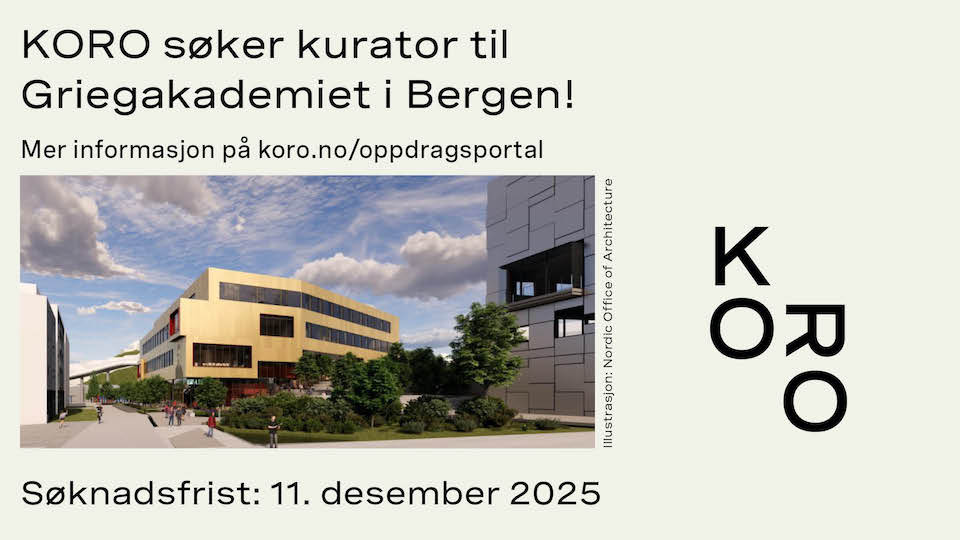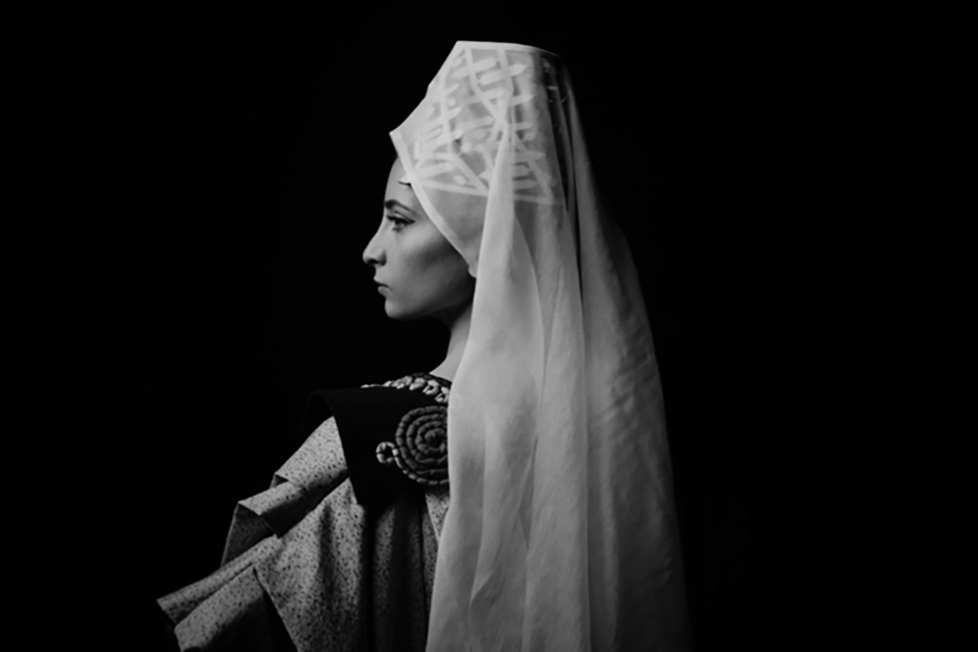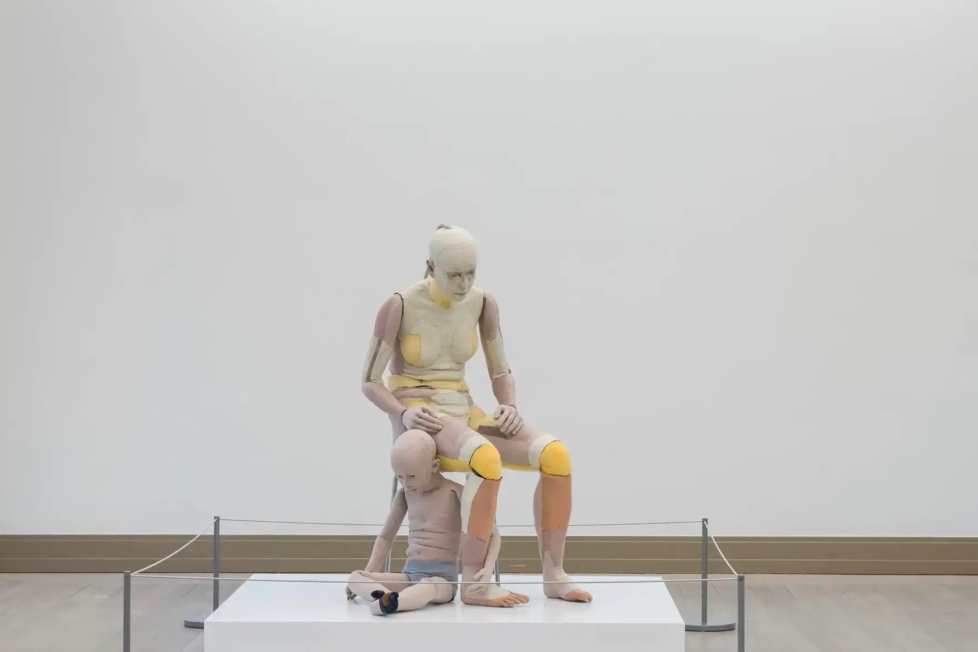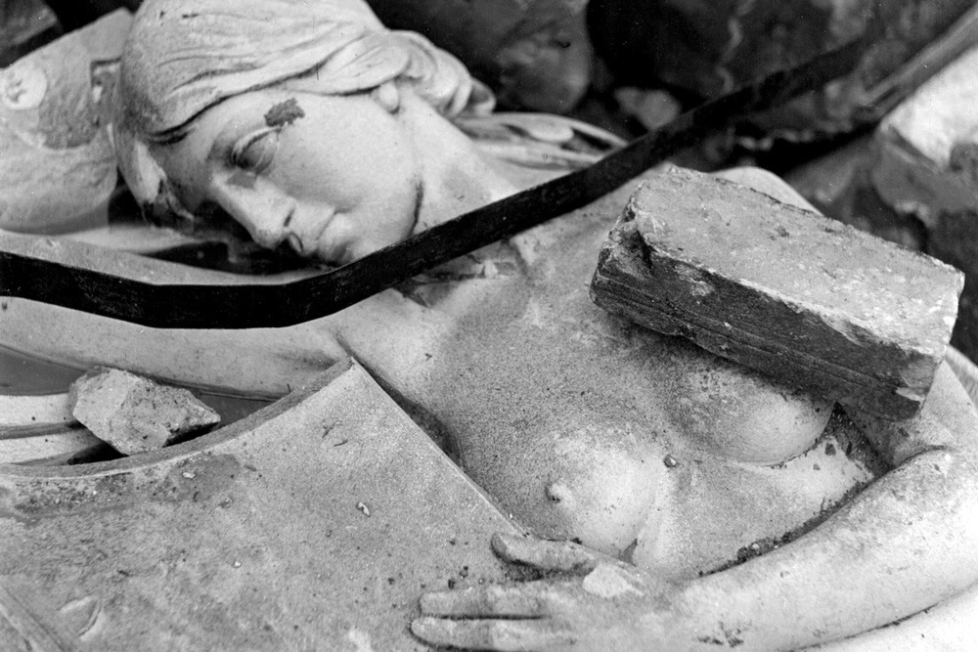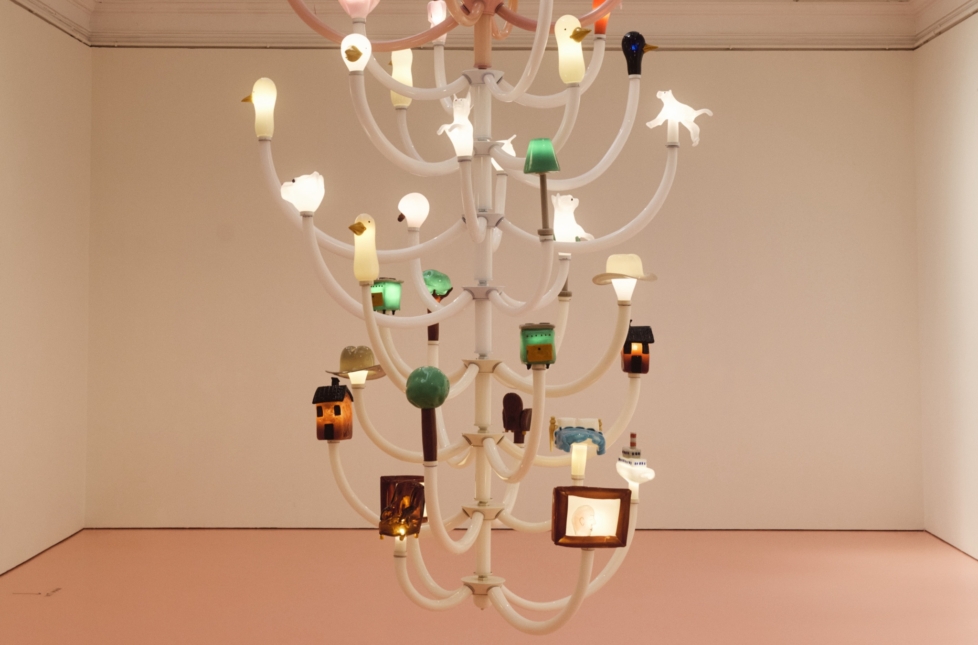
In times like these, exhibitions should be allowed to speak to the state of affairs. But as Bonniers Konsthall’s curator Theodor Ringborg clarified in the press release, the idea behind The Work of Mourning existed before current circumstances emerged. Therefore, it is useful to view this exhibition both within the present day context and as it functions on its own, despite the unfortunate consequences of the COVID-19 pandemic, and losses associated with movements such as Black Lives Matter.
What makes The Work of Mourning intriguing is not that it approaches the theme of death, grieving, or loss, but how these topics are confronted. The works displayed do not reflect the theme in the sense that each artist was commissioned to make a work on the required topic. Rather, the works were formed while the artists were personally going through the mourning process. The works take on contrasting shapes and forms, but were all produced as a consequence or offshoot of grieving. There is a level of authenticity present because of this design, since all works emit a sincerity linked to the raw emotions of death and transition.
Bonniers Konsthall could have included more artists in this show, yet a decision was made to highlight a smaller patchwork of artists. Perhaps this reflects the notion that an emotionally demanding theme deserves ample space to be examined and absorbed. With fewer works presented throughout, intimacy and introspection are emphasised for the viewer. The exhibition illustrates that grief affects individuals in uncanny and contradictory ways. One could even conclude that there is no definitive way to respond to loss, yet everyone responds to it on some level. Death is universal, yet what exactly stems from grief appears to be unpredictable: a tabula rasa.
The show is constructed in such a way that the viewer follows a circular path which gives one time to reflect upon no more than three artists at any given moment. In the first room, Nadine Byrne presents works made during the period after her mother passed away. Byrne incorporates textile, installation, and video which is proof of her versatility and diligence during hard times. The installation The Black Ribbon (2019) displays spectral dresses of violet and blue from Byrne’s film The Work of Mourning (2020). A filmic document of similarly aligned individuals who also lost their mothers, this collection of voices magnifies the notion that encounters with absence are universally experienced. Byrne’s other works incorporate steel, textile, and significant photographic imagery as existential reminders.
The paintings of Lena Cronqvist focus on a lone woman (presumably the artist) via a candid series. The painted woman is accompanied by curious objects (e.g. doll house chairs) and an infantilised man – or the shadow of a man’s detached head (Cronqvist’s late husband) – resting in baths. In Development (2001), grey silhouettes of the man’s head are positioned in two separate trays of developing chemicals, hinting that the photographic or creative process is metaphor for the inevitable cycle of life. Each painting proposes that the woman is examining aspects of her own life (motherhood, marriage, domesticity) in an archival way, allowing room for the possibility of closure.

The third room is dominated by Jonas Dahlberg’s large-scale video installation Music Box (2015). The music box was gifted to the artist’s mother by her father. After some years, it came into Dahlberg’s possession. The mechanical inner workings of the music box are magnified due to the sheer size of the projection. On-screen, the camera scans the music box in extreme close-up; in fact, the inherited mechanism is so large that the viewer may lose the ability to identify the object. This sense of familiarity mixed with detached isolation and vertigo may echo feelings of loss or lack of recognition. Dahlberg’s work frequently touches upon charged issues, but they are often approached through a spatially aware lens influenced by architecture.
An architectural sensibility is also present in Félix González-Torres’s work Untitled (Orpheus, Twice) (1991), which forces the viewer to look upon themselves as they appear in one of two mirrors positioned side by side. Yet, one’s reflection cannot be seen in the two mirrors simultaneously; González-Torres suggests that what one sees or experiences is a matter of perspective – where one angle may not be relevant to another person’s position. The same room also accommodates a series of twenty-one prints Left Behind (2014) by Jennifer Loeber, where she places her mother’s belongings alongside found family photographs from her past. Through these crafted rituals, catharsis may be reached.

The last room presents Alejandro Cesarco’s silent film Present Memory (2010) in which he documents his late father’s bout with cancer. The film is layered and meta-referential; it was first filmed on 16mm film, then recorded onto video. Cesarco’s film was made with full knowledge that his father would soon pass on; he recorded the memory while fearfully anticipating his father’s absence, believing that the recording was imperative. The camera cuts between observing his father sitting at arm’s length to slowly scanning his body up close – as if the man was earthly terrain to be mapped, claimed, and revered. Sculptor Berit Lindfeldt leaves her mark with a selection of objects produced in response to losing her son. She translated her grief into fuel for experimentation, using materials such as bronze, clay, and concrete. Works like Puppa (1988) could be confused with ancient artefacts – knotted and weathered by conditions unknown.
Words only go so far when burdened with the task of unpacking profound emotions. Yet, The Work of Mourningexemplifies how artists attempt to compensate for the disconnect between words and sentiment. The world is not only mourning for the loss of loved ones; nations are losing their democracies, relationships are crumbling, identities are transitioning, a once cherished ideal is no longer sufficient. The pain of living is unavoidable, yet, there are variants of pain: suffering which stems from staying the same versus anguish caused by real change.

